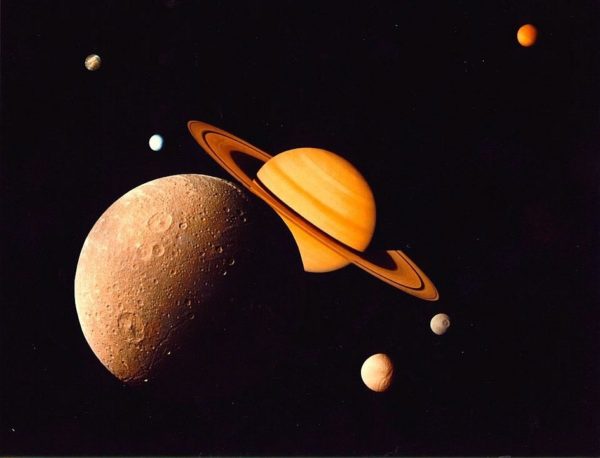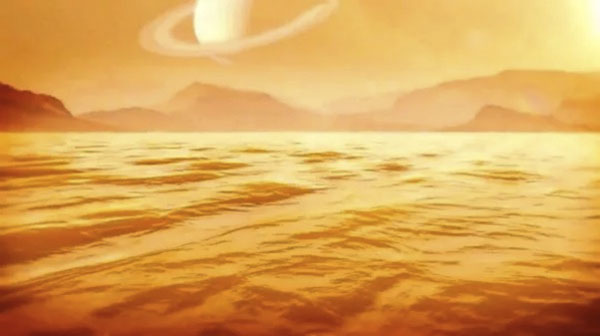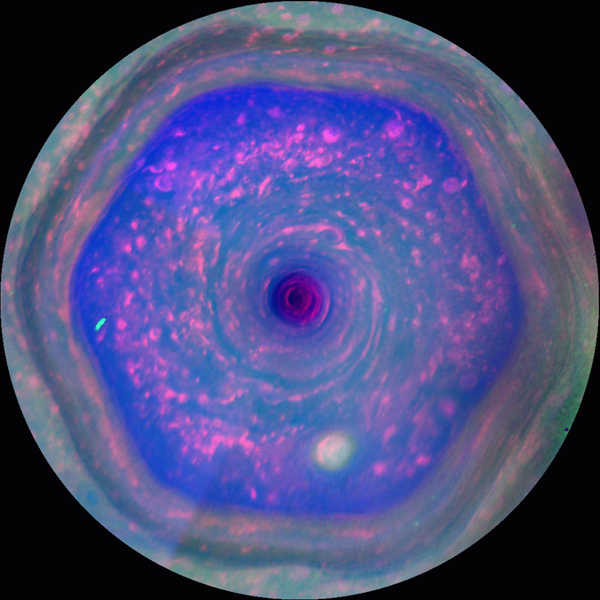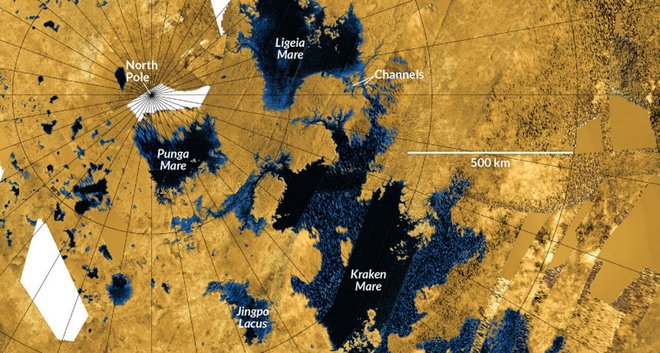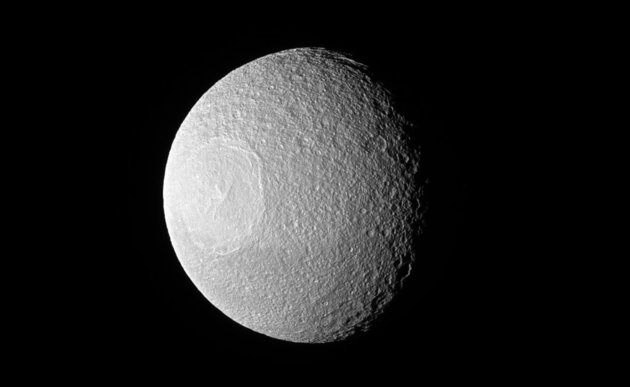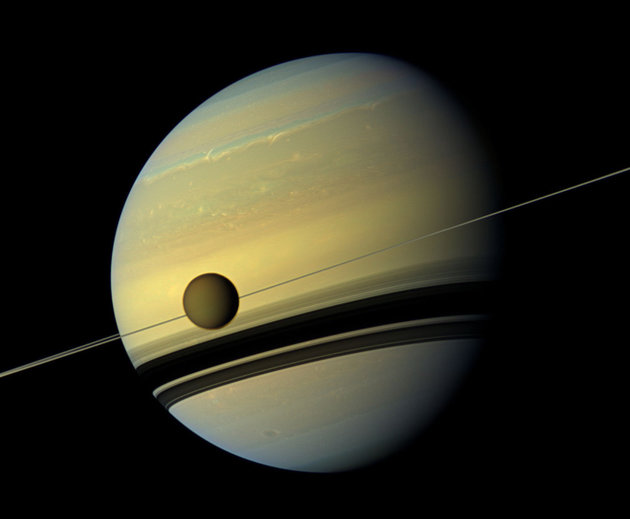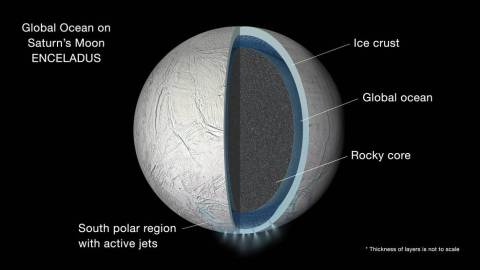STUDY: Saturn’s Core Mighty Be Soupy (But Is It More Minestrone or Clam Chowder?)
Saturn’s rings aren’t just a beautiful adornment — scientists can use the feature to understand what’s happening deep inside the planet. By using the famous rings like a seismograph, scientists studied processes in the planet’s interior and determined that its core must be “fuzzy.” Instead of a solid sphere like Earth’s, the core of Saturn appears to consist of a ‘soup’ of rocks, ice and metallic fluids that slosh around and affect the planet’s gravity. The new study used data from NASA’s Cassini mission, which orbited Saturn and its moons for 13 years between 2004 and 2017. In 2013, data … Read more




